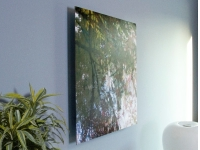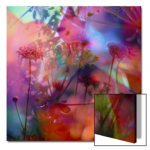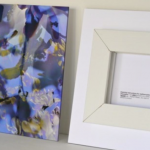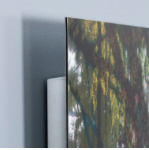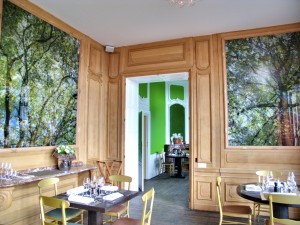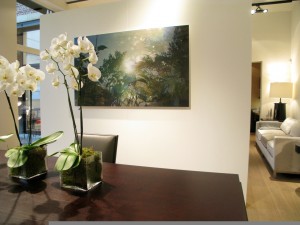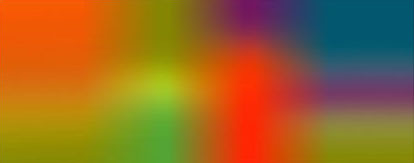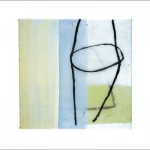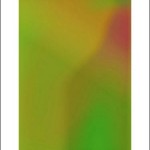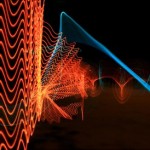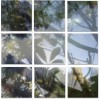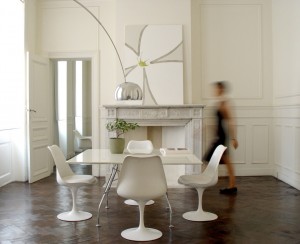Prints on plexiglas and aluminum are two fresh and modern options for art display. The versatility of these options contributes to their popularity. You can not only custom order artworks from MAP ACTE 3’s collection, but can also upload artwork of your own for printing.
Printing on Plexiglas, which is also known as printing on acrylic, is a MAP ACTE 3 specialty. Our process ensures a 100 year archival rating, with the use of European archival inks and materials that are 100% UV safe. In addition, these museum quality artworks will show no signs of aging, as they will neither crack nor yellow. With an extra layer of protection, we aim to prevent scratches while adding opacity to enliven printed images.
These crisp, modern prints on plexiglas are not only frame-friendly, but are also ready-to-hang, if you choose to let your unframed work speak for itself. This helpful hanging mechanism leaves your artworks hanging 1 1/4” from the wall, providing a visual fluidity that gives the piece a real sense of presence, as it will look as though it is floating within a space. Being only 4mm thick, these works are also easy to transport.
Images recommended for printing on this substrate include black and white and color photography, highly textured acrylic paintings, bright watercolors, and organic art in cool, primary tones. These types of images have been proven to enhance the crisp, luminosity of these prints on plexiglas.
Art on plexiglas is recommended for light-filled spaces, as the bright, crisp clarity of these works complements and enhances these luminescent atmospheres. The addition of a print on plexiglas could open up any space.
Printing on aluminum is an excellent alternative to printing on plexiglas. Although artworks printed on this substrate are 2mm thinner than those on plexiglas, their quality equals that of plexiglas prints. This sleek, ultraslim option is printed using high-quality aluminum and proprietary archival inks, providing the same 100 year archival rating as prints on plexiglas. In addition, the hanging mechanism on the aluminum product is just as easy to use.
Although the quality of these artworks on aluminum is the same as art on plexiglas, the style differs. All artwork is compatible with this substrate, as the aluminum is pre-treated with a white powder coating, allowing for the accurate presentation of all colors and mediums. Prints on aluminum have a contemporary, industrial quality, with a matte finish, perfect for artworks where it is necessary to eliminate glare.
Each option, whether on plexiglas or aluminum, provides a sleek, unique alternative to artwork on paper or canvas. These modern artworks are tailored to ensure that your decorative options fulfill your distinctive design dreams.
For more information about our quality, or our printing process, check out: http://mapacte3.com/index.php/quality/





